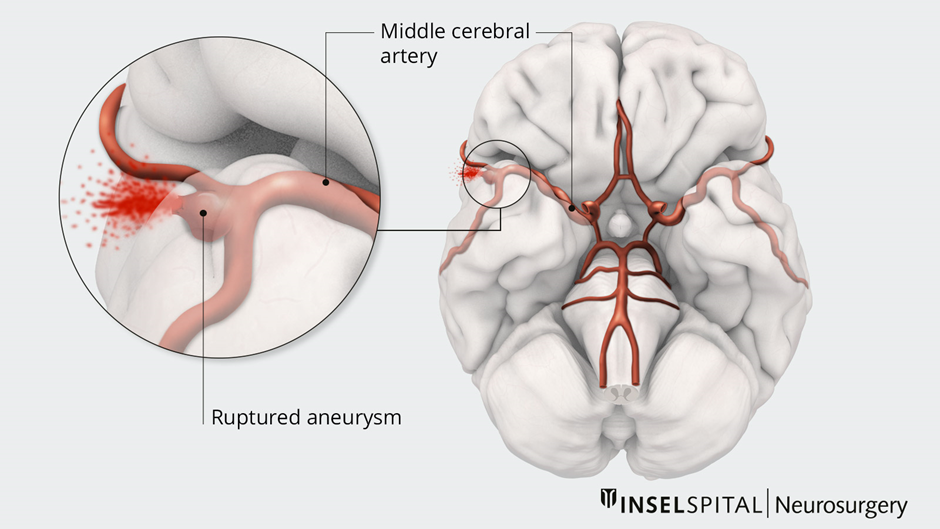Which of the following common characteristics of nonallergic asthma can the nurse expect to find when assessing an adult client? (Select all that appl
(Select All that Apply.)
Asthma flare-ups during exercise
Nasal inflammation
No hypersensitivity to allergens
Asthma flare-ups with NSAID administration
Persistence of manifestations
Positive response to corticosteroids
Correct Answer : A,C,D,E,F
Choice A Reason:
Asthma flare-ups during exercise is correct . Exercise-induced asthma is a common feature of nonallergic asthma. Physical activity can trigger bronchoconstriction and asthma symptoms in individuals with this type of asthma.
Choice B Reason:
Nasal inflammation is incorrect. Nasal inflammation is not typically a characteristic feature of nonallergic asthma. While nasal symptoms such as congestion, rhinorrhea (runny nose), and sneezing are common in allergic asthma due to the involvement of allergic rhinitis (hay fever), they are not typically prominent in nonallergic asthma. Nonallergic asthma primarily affects the lower airways (bronchi and bronchioles) rather than the upper airways (nose and throat). Therefore, nasal inflammation is not commonly associated with nonallergic asthma.
Choice C Reason:
No hypersensitivity to allergens is correct. Unlike allergic asthma, where exposure to allergens triggers asthma symptoms, individuals with nonallergic asthma do not have a hypersensitivity to allergens.
Choice D Reason:
Asthma flare-ups with NSAID administration is correct. Nonsteroidal anti-inflammatory drugs (NSAIDs) such as aspirin or ibuprofen can trigger asthma symptoms in some individuals with nonallergic asthma.
Choice E Reason:
Persistence of manifestations is correct. Nonallergic asthma tends to have persistent symptoms even in the absence of allergen exposure. Symptoms may occur regularly and may not have a clear seasonal pattern like allergic asthma.
Choice F Reason:
Positive response to corticosteroids is correct. Corticosteroids are often effective in managing nonallergic asthma. Individuals with this type of asthma typically respond well to corticosteroid treatment as part of their asthma management plan.
Nursing Test Bank
Naxlex Comprehensive Predictor Exams
Related Questions
Correct Answer is ["A","C","D"]
Explanation
Choice A Reason:
Take small bites of food is correct. Taking small bites of food can help prevent choking and aspiration, particularly during mealtime. It is a recommended practice for individuals with epilepsy to reduce the risk of aspiration if a seizure were to occur during eating.
Choice B Reason:
Liquids should be thickened is incorrect. Thickened liquids are typically recommended for individuals with swallowing difficulties (dysphagia) to help prevent aspiration. However, thickened liquids may not be necessary for all individuals with epilepsy unless specifically indicated based on their swallowing function assessment.
Choice C Reason:
Eat sitting slightly forward correct.: Eating while sitting slightly forward can help prevent aspiration in case of a seizure during meals. This position allows gravity to assist in preventing food or liquid from entering the airway.
Choice D Reason:
Chew food thoroughly before swallowing is correct. Thoroughly chewing food before swallowing is important for proper digestion and to reduce the risk of choking or aspiration, especially for individuals with epilepsy who may be at increased risk of aspiration during a seizure.
Choice E Reason:
Avoid having conversations while eating is incorrect. Avoiding conversations while eating is not directly related to epilepsy management. However, focusing on eating and taking appropriate precautions, such as sitting upright and chewing food thoroughly, can help reduce the risk of aspiration during meals.
Choice F Reason:
Avoid fiber in the diet is incorrect.: There is no specific recommendation to avoid fiber in the diet for individuals with epilepsy. In fact, a balanced diet that includes fiber-rich foods can promote overall health and well-being, which is important for individuals with epilepsy as well.
Correct Answer is B
Explanation
Choice A Reason:
Keeping lights turned to medium level in the evening is incorrect. This intervention is aimed at reducing environmental stimuli, which may be appropriate for some patients with neurological conditions to minimize sensory overload and promote rest. However, it is not a specific intervention for preventing cerebral aneurysm rupture.
Choice B Reason:
Maintaining the head of the bed between 30 and 45° is correct. Keeping the head of the bed elevated can help reduce intracranial pressure and decrease the risk of cerebral aneurysm rupture or rebleeding in patients with aneurysmal subarachnoid hemorrhage. This position promotes venous drainage from the brain and helps prevent increases in intracranial pressure.
Choice C Reason:
Administering hypotonic intravenous solutions is incorrect. Hypotonic intravenous solutions have a lower osmolarity than blood plasma and can lead to cerebral edema, which may exacerbate intracranial pressure and increase the risk of cerebral aneurysm rupture. Isotonic solutions, such as normal saline (0.9% NaCl) or lactated Ringer's solution, are typically preferred for fluid resuscitation and maintenance in patients at risk of cerebral aneurysm rupture.
Choice D Reason:
Reposition the client every shift is incorrect. Repositioning the client every shift helps prevent complications associated with immobility, such as pressure ulcers, pneumonia, and venous thromboembolism. While important for overall patient care, repositioning alone does not directly address the risk of cerebral aneurysm rupture.

Whether you are a student looking to ace your exams or a practicing nurse seeking to enhance your expertise , our nursing education contents will empower you with the confidence and competence to make a difference in the lives of patients and become a respected leader in the healthcare field.
Visit Naxlex, invest in your future and unlock endless possibilities with our unparalleled nursing education contents today
Report Wrong Answer on the Current Question
Do you disagree with the answer? If yes, what is your expected answer? Explain.
Kindly be descriptive with the issue you are facing.
